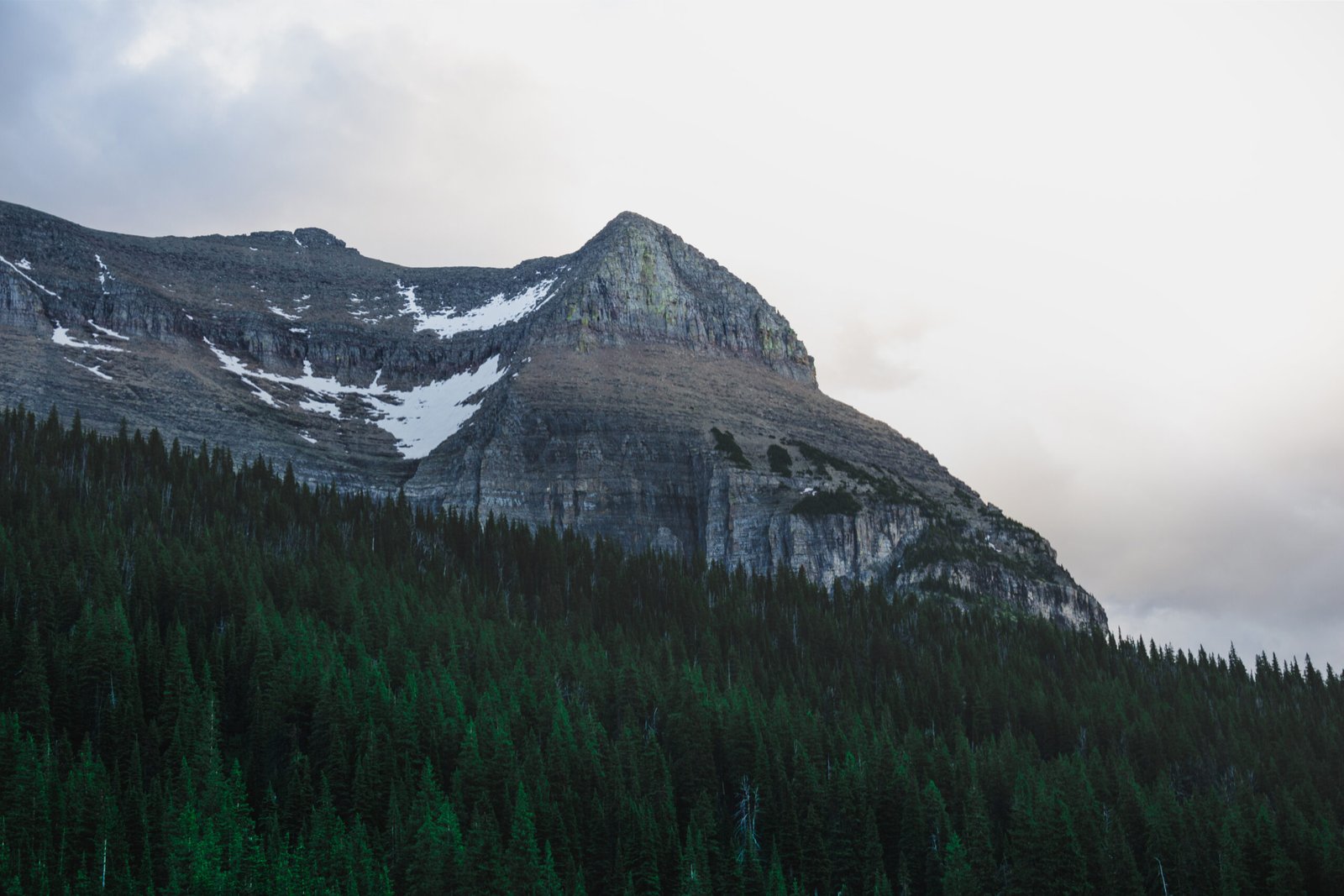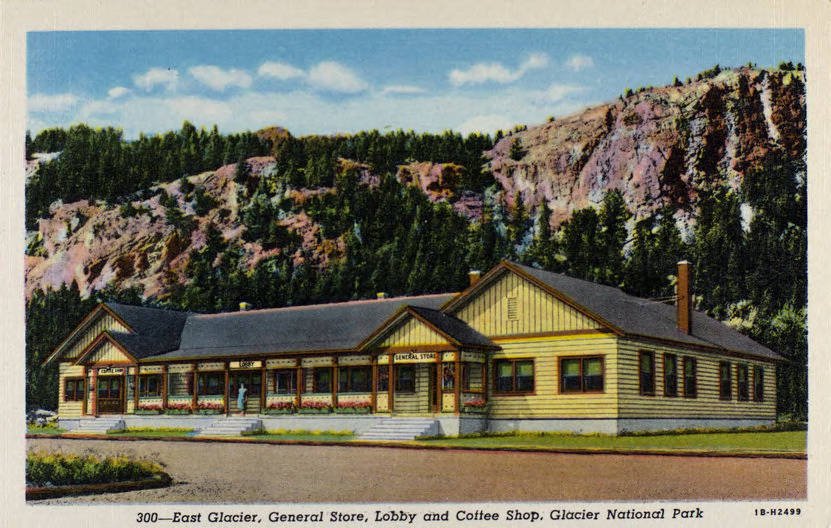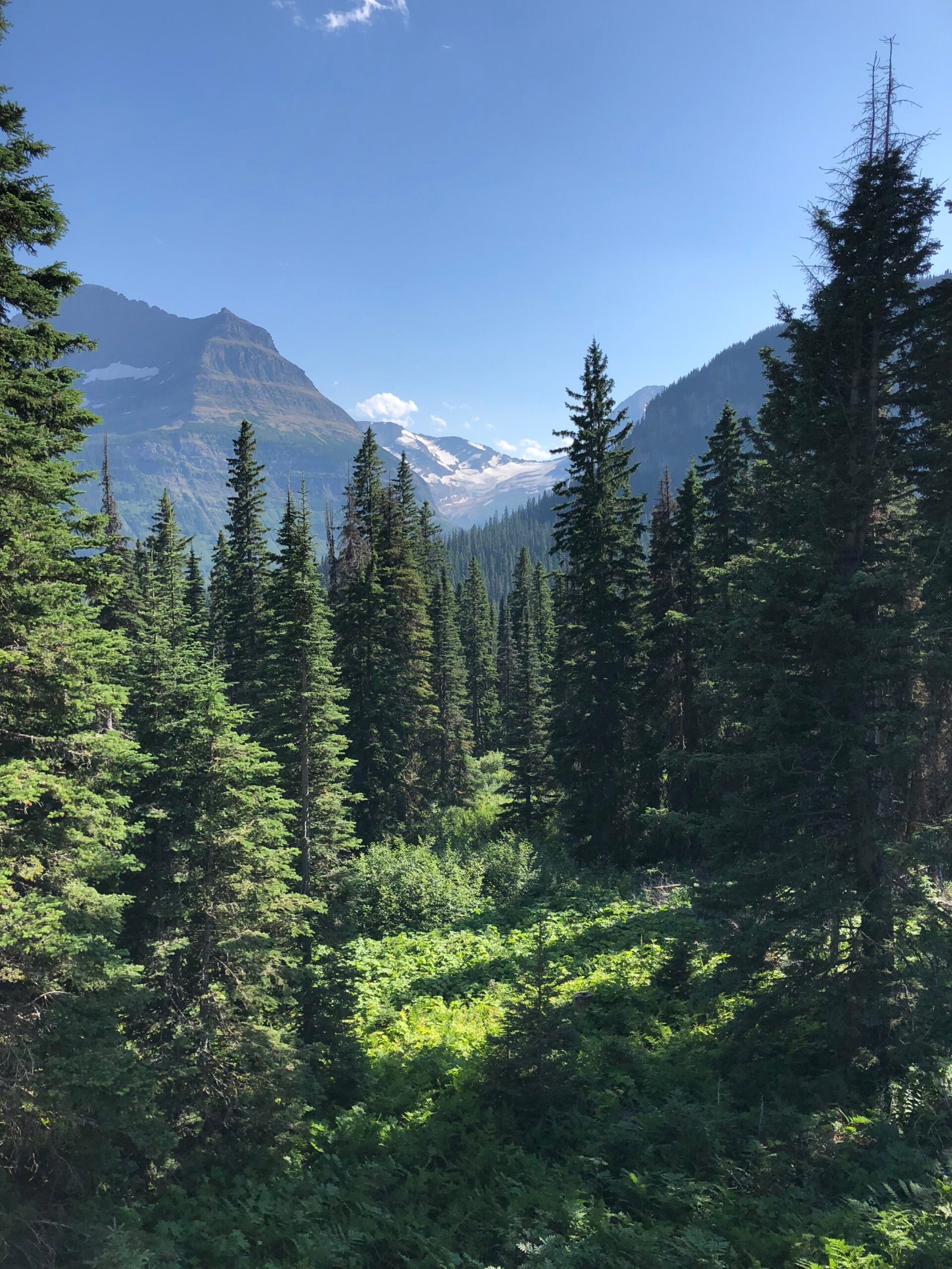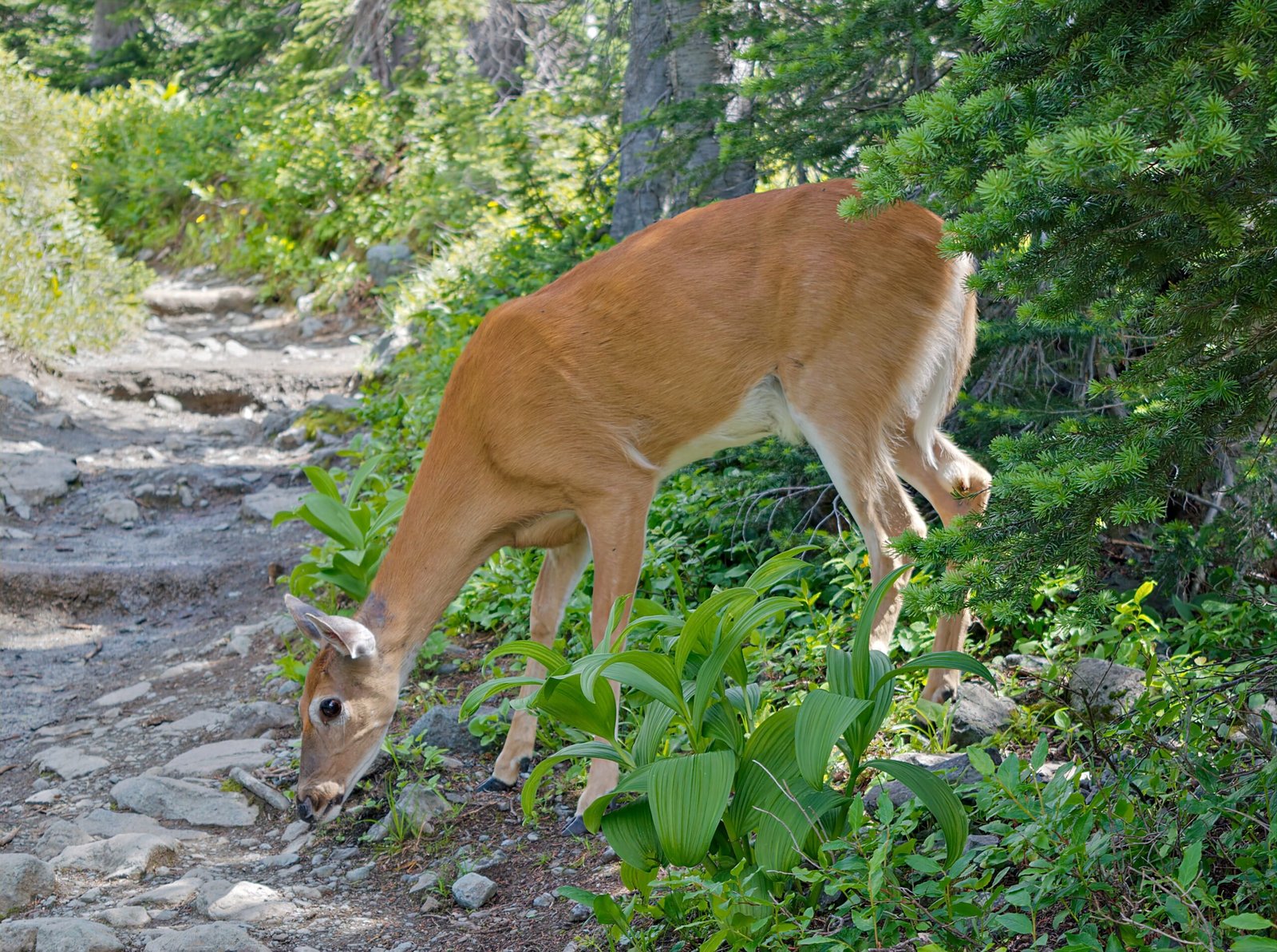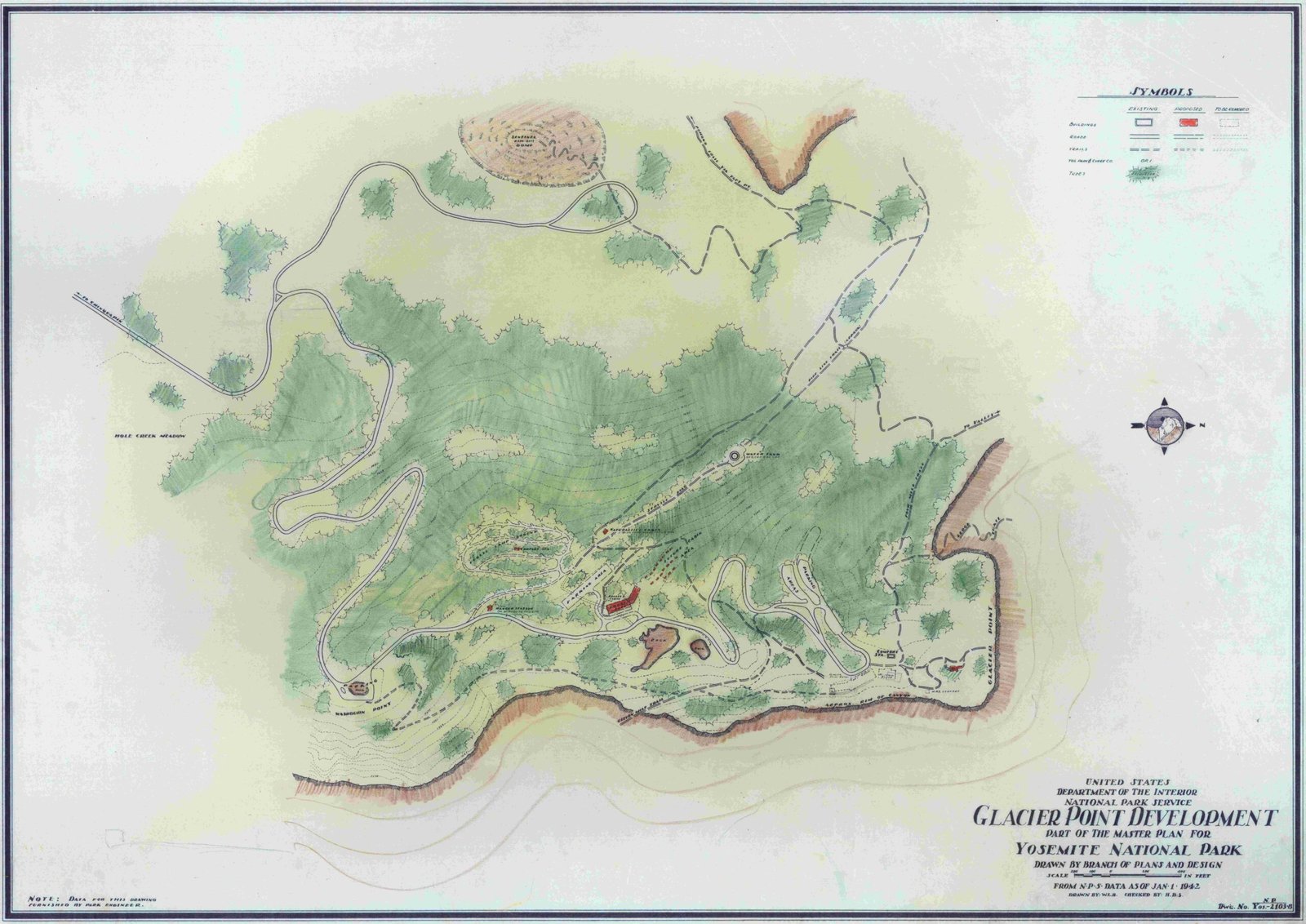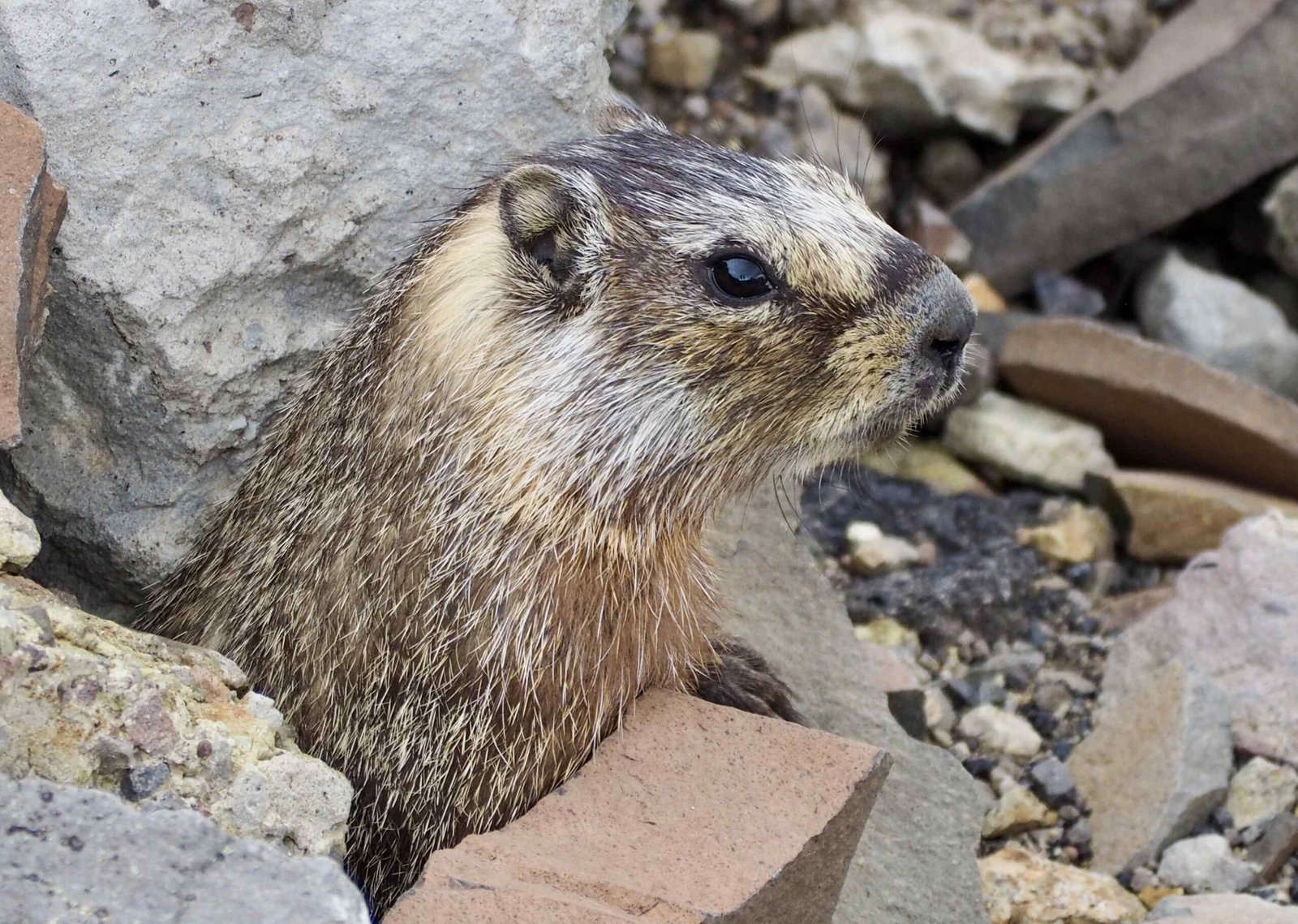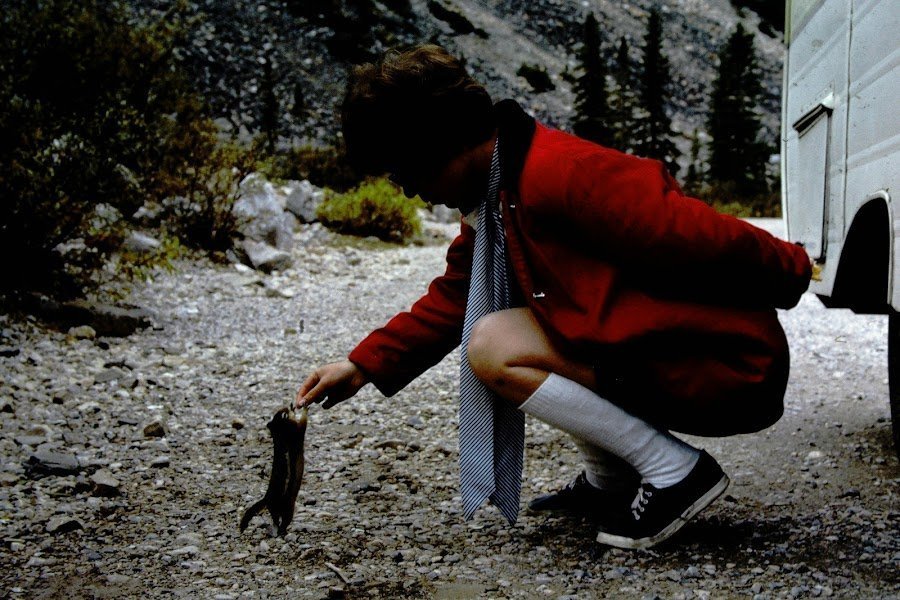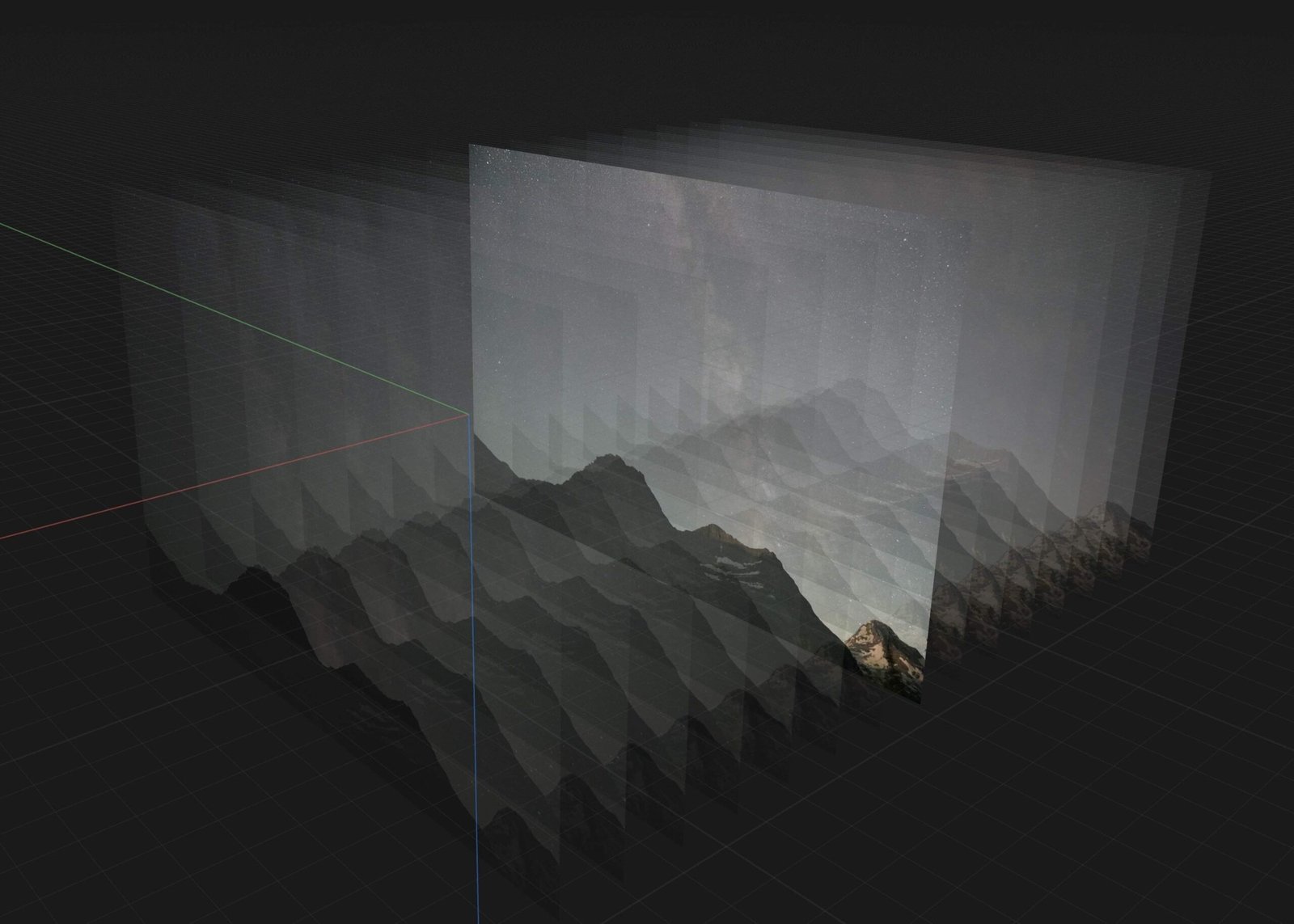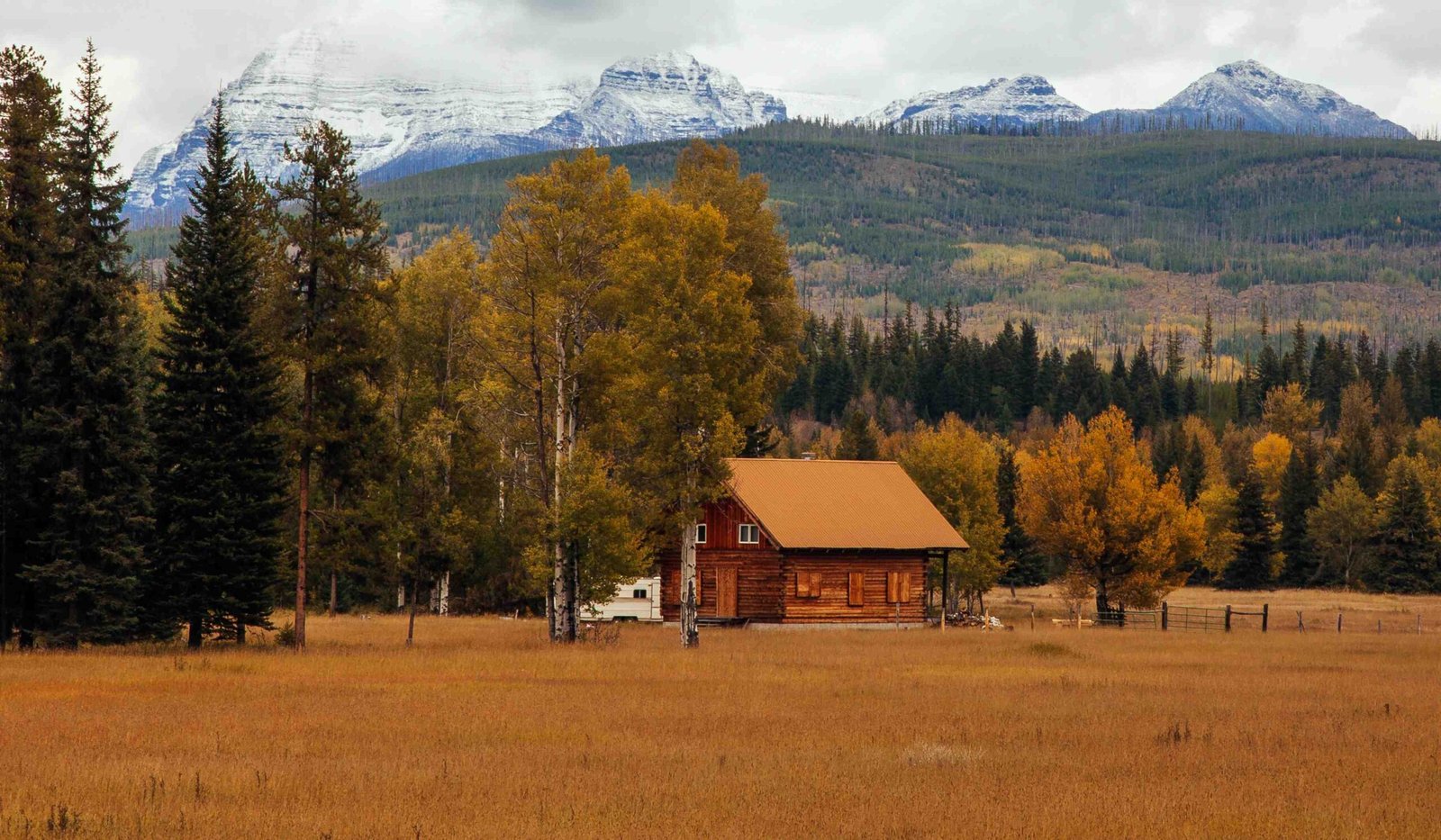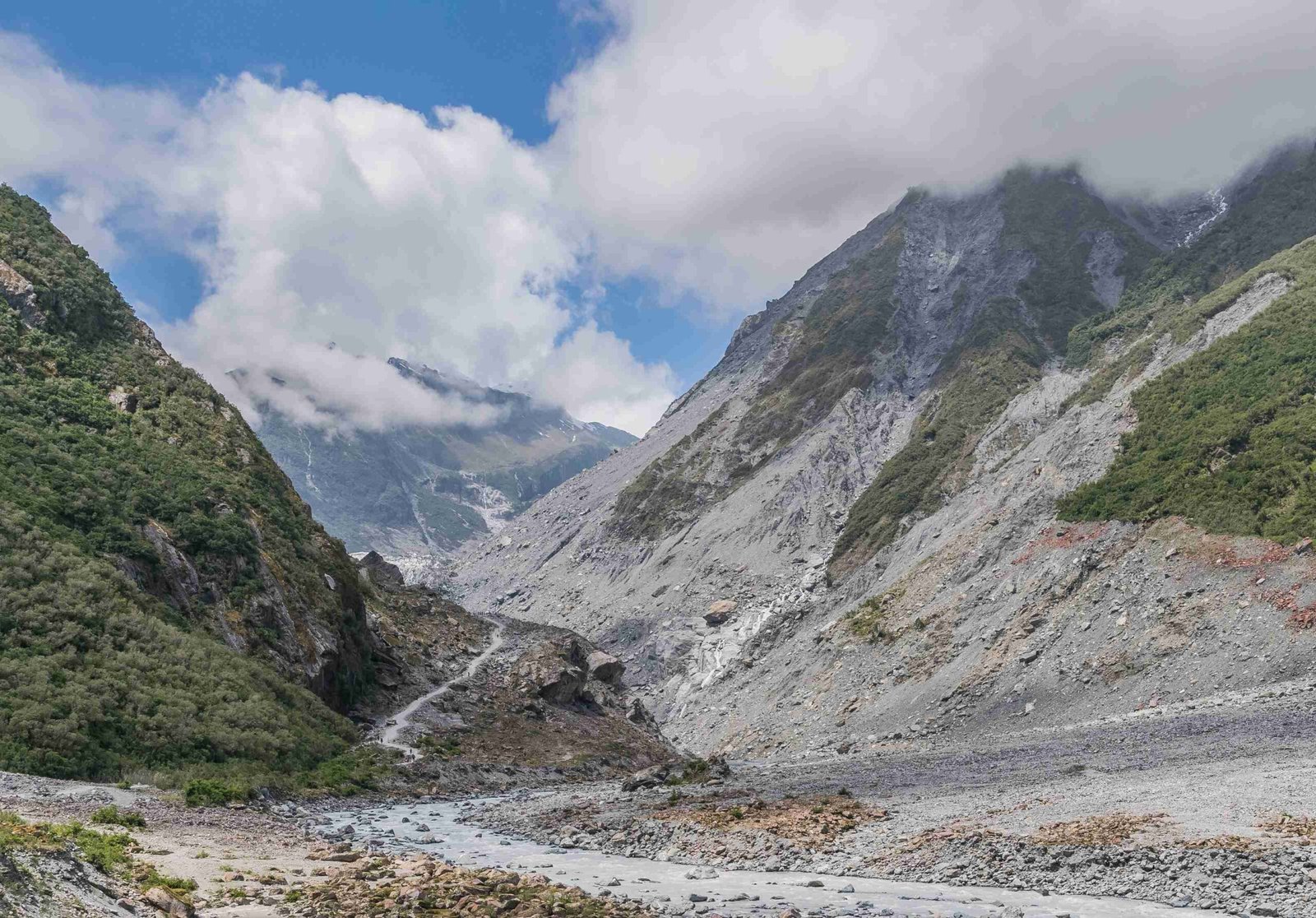Birds of Prey Glacier National Park: A Comprehensive Guide
Glacier National Park is home to diverse birds of prey, including golden eagles and sharp-shinned hawks. These raptors play crucial roles in the park’s ecosystem. Golden eagles, once abundant with 49 active nests in the mid-1990s, faced a decline but are now recovering. The park’s rugged terrain and varied habitats provide ideal conditions for these … Read more
